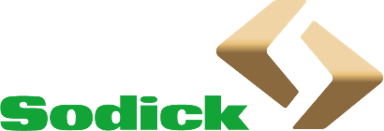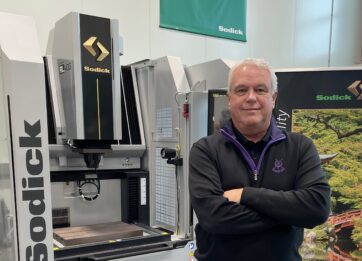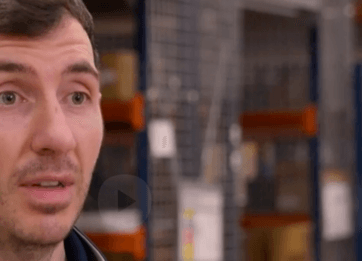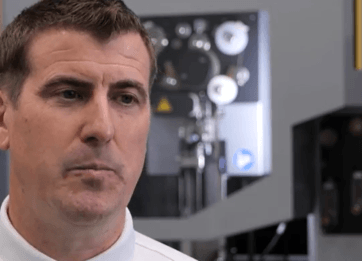CA Models, a market-leading prototyping shop, says that Sodick wire-erosion technology is now such an integral part of business that life without it is unimaginable. The company has two Sodick wire EDM machines on site at its Stirling facility, the latest being a Sodick AQ537L, which can accommodate workpieces measuring up to 770 x 520 x 340 mm.
Owner and Managing Director Clark Campbell formed CA Models in 1983. Fast-forward to the present day and Mr Campbell has 36 employees under his wing. A unique blend of cutting-edge CNC machine-tool technologies is combined with model-making craftsmanship to provide customers with quality products and a responsive service. Among the machine-shop technologies providing the heartbeat of operations at CA Models is wire EDM.
“Our Sodick AQ537L provides outstanding accuracy and capability, making it popular for cutting punches and dies as part of the tool-making process,” says Mr Campbell. “However, at CA Models, EDM goes far beyond just tool making, and has become indispensable to our business.”
As the prototyping side of the business took off, so did the company’s machine shop, which prompted Mr Campbell to invest in his first Sodick wire EDM, approximately 15 years ago. Jump forward to around 2013, and CA Models acquired its first 3D printer for metal applications, which is described as a “momentous turning point” for the business.
Mr Campbell explains: “We use the Sodick AQ537L for a multitude of purposes. For instance, although we receive a lot of orders for prototypes that only require wire erosion, we are finding the EDM is extremely useful for supporting our metal 3D-printing technology. Anyone who is familiar with metal 3D printing will know that it’s only accurate to a certain degree, so if we’re working on an aerospace or defence project, for example, the customer will often want 4µm accuracy. In this instance, we’ll take the metal 3D-printed part and, depending on geometry, either wire erode it, or five-axis machine it to within tolerance. CA Models is one of not many using wire erosion to support metal 3D printing in this way.”
On a day-to-day basis, the AQ537L is set to work producing a myriad of different high-precision prototypes for sectors such as medical device, military/defence and product design. Most are 1 or 2-off, or maybe 4-off at most, and made from materials that extend from alloys through to hard steels. On other occasions, when the company has a full metal 3D print build in progress, the best way to remove components from the support plate is to use wire erosion.
“The AQ357L makes a beautiful job of this,” says Mr Campbell. “The wire comes along and, once finished, the support plate looks brand new and ready to use again. I know it sounds really simple, but it’s so helpful. Wire erosion has become very important to our business; I can’t see us ever being without it. If there were no wire-erosion machines here we would have to outsource, then we are at someone else’s beck and call, and I don’t like that. I work in the ‘rapid’ business, and subcontracting today has become counter-intuitive to this philosophy.”





